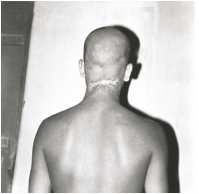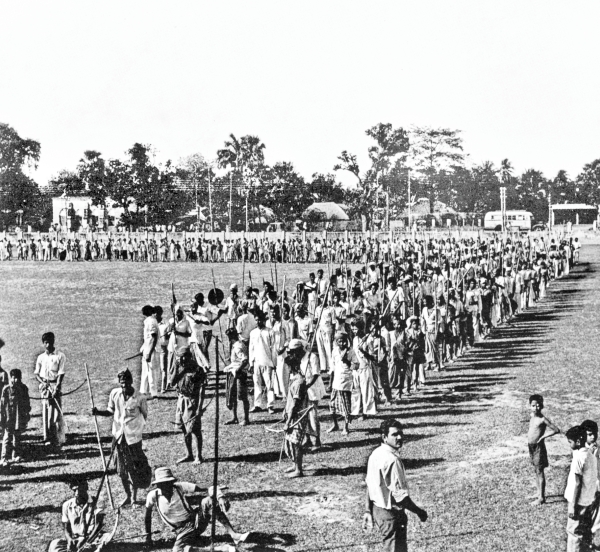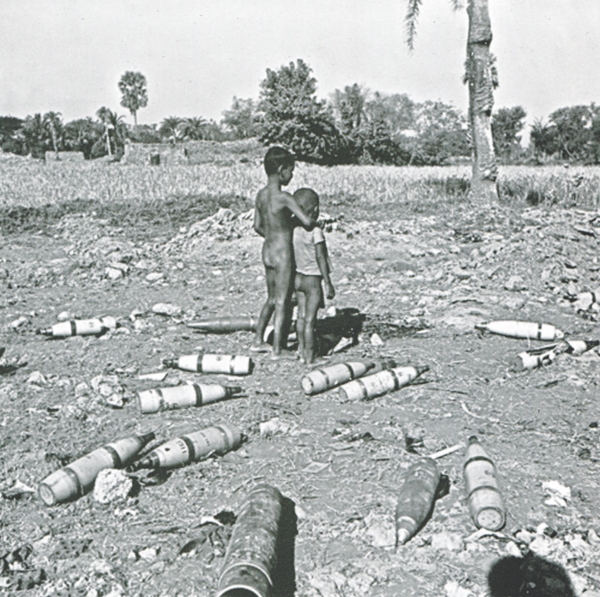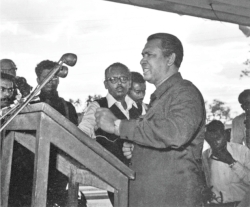| Home - Back Issues - The Team - Contact Us |
 |
| Volume 11 |Issue 39| October 05, 2012 | |
|
|
Photography
Photographic Intimacy Fayza Haq
Abdul Hamid Raihan, the well-known photographer, was greeted on his 80th birthday by his son and well-wishers at the Dhaka Art Centre. His appearance impeccable and his memory still sharp, he did not forget a single name, place or date. The two-hour programme was lively, full of personal anecdotes, and comic recollections. We were informed, for instance, that Zubaida Khatun was his mother and Choinuddin his father. Barrister Amirul Islam was his friend and comrade in the Liberation War, and both shared photographic evidence and storage of the truth of the time through the lens. Political knowledge was shared but never did they get in each other's way. With the help of Barrister Islam and his close associates, he focused his lens on Bangabandhu Shiekh Mujibur Rahman and Tajuddin Ahmed, as well as foreign dignitaries who were of consequence to the Liberation War planning.
Raihan brought into focus the Razakaars and Al Badrs, who joined hands with the cruel and mindless Pakistan army, who did not know that Bengal had a Muslim majority, and that there were regular “aazans” in the mosques. Raihan then went to Calcutta and later to Karachi to get the most sophisticated cameras that his pocket could afford. He even had the pictures of Huseyn Shaheed Suhrawardy taking an active part in politics. He covered the Language Movement of 1952 and was a part of the Muslim League in1953. He was also the mayor of Kushtia by 1973. As regards to Drik, he represented it in Bogra, Jessore and Dhaka Cantonment.
Raihan's photos, though not overtly dramatic, capture the essence of the Liberation War, and the activities of the able-bodied young men and women with more nerve and enthusiasm than anyone before or after. The gathering together of the common people, ready for combat, with whatever was near at hand--whether it be a stick or a loaded rifle--was soul-stirring and spoke of the brave hearts of a people thirsting for freedom. The wounded victim, seen from behind, with stitches on his bald head speaks volumes of the torture and trauma faced by Bengalis. The Razakaars, blindfolded, posing with freedom fighters, carrying a gun in hand, surely, speaks of the remarkable courage and determination of the young men of that time. The menacing Pak tank hovering on Harding Bridge makes the heart grow cold. The play of light and shadow in the photograph is splendid. Raihan's photo-graphs are simple, stark and telling. His vivid memories of the Liberation War will become immortalised through these priceless photographs.
Copyright
(R) thedailystar.net 2012 |




